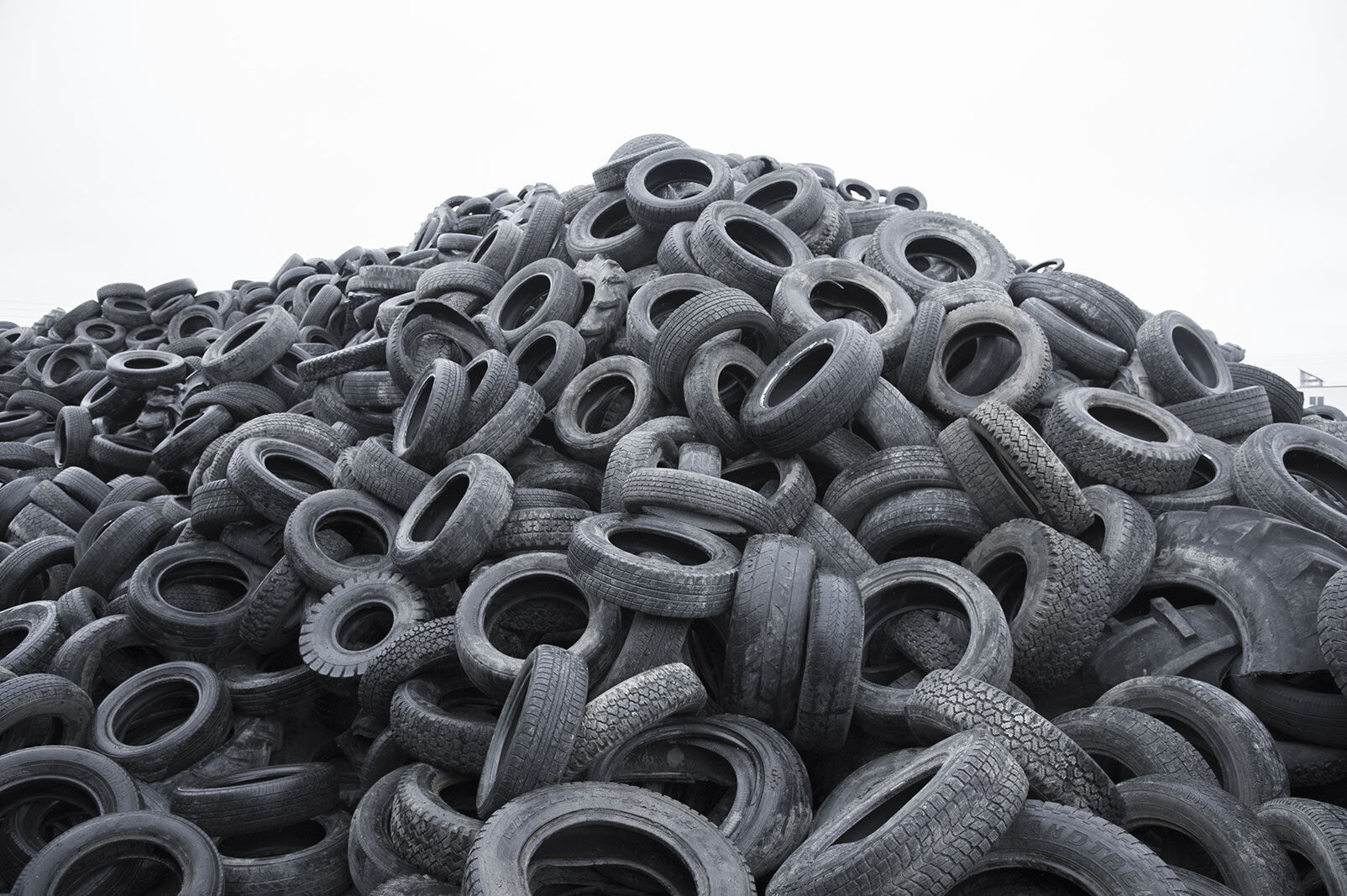Reuse of about 1.5 billion waste tyres that are produced annually worldwide inspired this research on the behaviour of rubberised backfills for integral abutment of bridges under seismic action. The joint research was carried out by authors from the School of Engineering, Aristotle University, Thessaloniki Greece; Energy Management Division, Siemens A.G., Erlangen, Germany; and Department of Civil and Environmental Engineering, University of Surrey, Guildford, UK, and was published by the Bulletin of Earthquake Engineering (Springer).
The research was conducted on the basis of parametric analysis, which aimed to evaluate the influence of different rubber-soil mixtures on the dynamic response of the abutment backfill system under various seismic excitations, accounting for dynamic soil-abutment interaction. Previous research has shown that the use of rubber-soil mixtures is a beneficial solution for foundations, embankments, backfilling in retaining walls, and other geotechnical works.
In the research, three different backfill materials were examined; the conventional, as per the representative backfilling material, which is common in European bridges, and two rubber-soil mixtures with varying percentage of rubber content. The conventional backfill is non-cohesive soil comprising of dry river sand.
The rubberised soil comprised of sand and recycled rubber in varying proportions per weight. The rubber content is in the form of granulated rubber produced by mechanically shredded waste tyres. Mixtures of composition 90% sand and 10% rubber (referred here as 90–10) or 70 % sand and 30 % rubber (referred here as 70–30) by weight were considered in the study.
A numerical integral abutment bridge model was modelled on Plaxis software and subjected to seismic action according to Eurocode 8.
Some of the improvements observed obtained are as follows;
(1) When compared with a conventional backfill, the settlements were reduced on average by 50% – 55%.
(2) The displacement of the abutment, and therefore the loading and stresses introduced to the prestressed deck was successfully reduced when rubberised backfills were used in comparison to the displacements of the conventional one. On average, it was reduced by about 8 % in the backfill 90–10 and by 18 % in the backfill 70–30.
(3) Similarly, the residual horizontal displacement of the top of the abutment was effectively reduced by 20 % in the backfill 90–10 and by 43 % in the backfill 70–30.
(4) The pressures acting on the abutment were dependent on the rubber content of the backfill, as an average reduction of 31 and 47 % was observed for the backfills 90–10 and 70–30, respectively, against the soil pressures calculated for the conventional scheme.
(5) The analyses showed that the internal forces of the abutment do not change significantly when the rubberized backfills were applied with respect to the conventional backfill.
However, the dynamic response of the abutment is a complicated mechanism that includes material and geometrical non-linearities, thus, analysis of the entire bridge system with the backfill soil should be conducted to better understand the behavior of integral abutment bridges.
For the full research paper;
Argyroudis S., Palaiochorinou A., Mitoulis S., Pitilakis D. (2016): Use of rubberised backfills for improving the seismic response of integral abutment bridges. Bulletin of Earthquake Engineering (2016) 14:3573–3590. DOI: https://doi.org/10.1007/s10518-016-0018-1
For more information on the work of the authors in providing innovative solutions for building resilience into critical infrastructure toward sustainable development. Visit their website INSFRASTRUCTURESILIENCE











i want this article